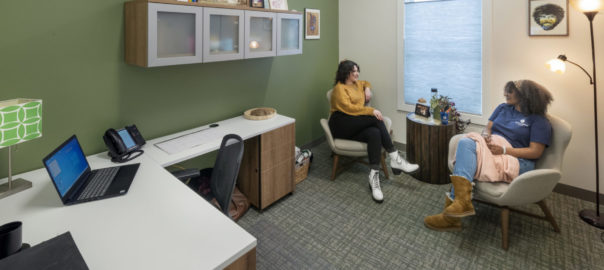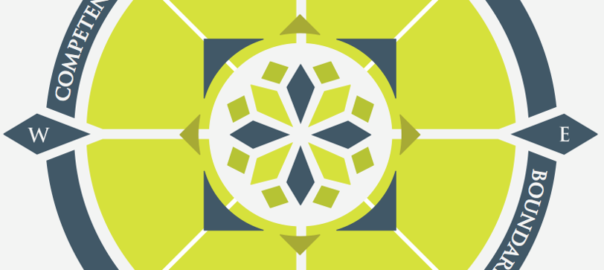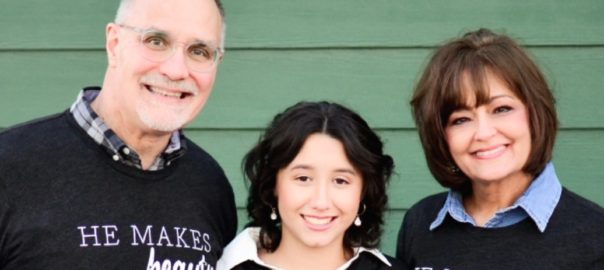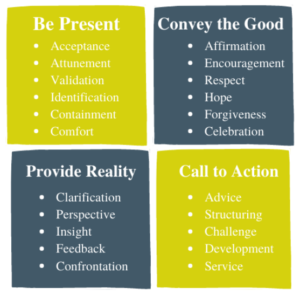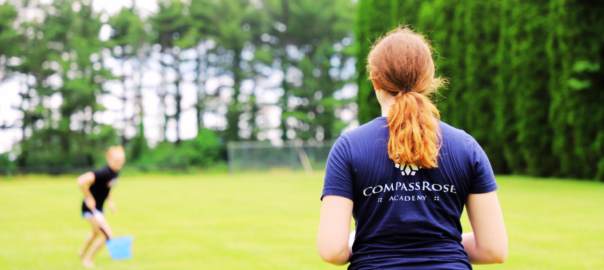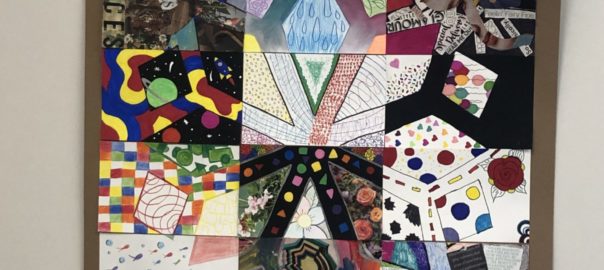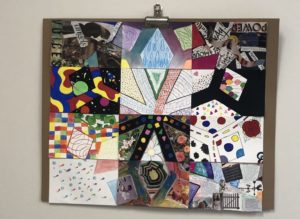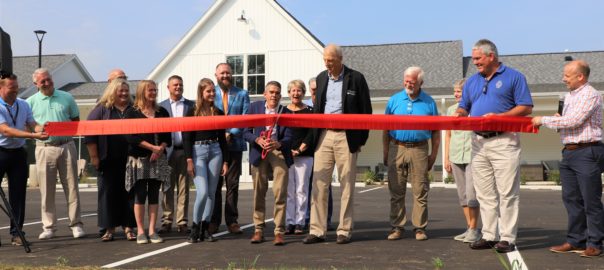Dr. Richard Schwartz, a Ph.D. and licensed marriage and family therapist, was working with a very difficult client one day and expressed his frustration with her and the lack of progress they were making in therapy. Sensing Richard’s frustration, the client began to experience some empathy for him and stated, “I don’t want you to give up on me.” Intrigued, Dr. Schwartz explored what seemed to be a different part within his client, a part that wanted help and a part that desired to work with him.
This was the beginning of Internal Family Systems (IFS), an approach that works with understanding all parts of clients with curiosity and compassion. IFS is an empirically validated model for post-traumatic stress disorder, eating disorders, and a variety of other mental health issues.
Upon reflection, we can all think about situations where different “parts” of us may be activated. For example, you are scheduled to go with your family to a Christmas gathering, and you are looking forward to seeing your Aunt Lois. She has always shown interest in you and has consistently been non-judgmental even in the midst of some difficult times. However, also at this gathering is your Uncle Tom who is often angry and has tons of advice for what you should be doing with your life. You know that you will be cornered by him and have to endure his interrogations. So you have parts. Part of you wants to go and connect with your Aunt Lois. Part of you doesn’t want to go and have to listen to Uncle Tom telling you that you are wasting your life by following your dreams.
IFS explores each of these parts with curiosity and compassion. The more we understand and accept all of our parts, the more we can deepen our self-awareness and ultimately change and grow in desirable ways. There is no judgment. There are no “bad parts.” Each part is expressing a different aspect of our personality and character. Compass Rose uses IFS along with other empirically validated approaches to help promote understanding, acceptance, healing, and growth. Each part has an important role to play in our development and if parts are accepted and understood, they can become less intense and controlling. Understood and accepted parts learn to work well with other parts and allow the self to be more integrated and competent.
Dr. Jerry Davis, LCSW, LMFT, LMHC
Professor Emeritus
Huntington University
Part-time therapist and consultant
Compass Rose Academy

